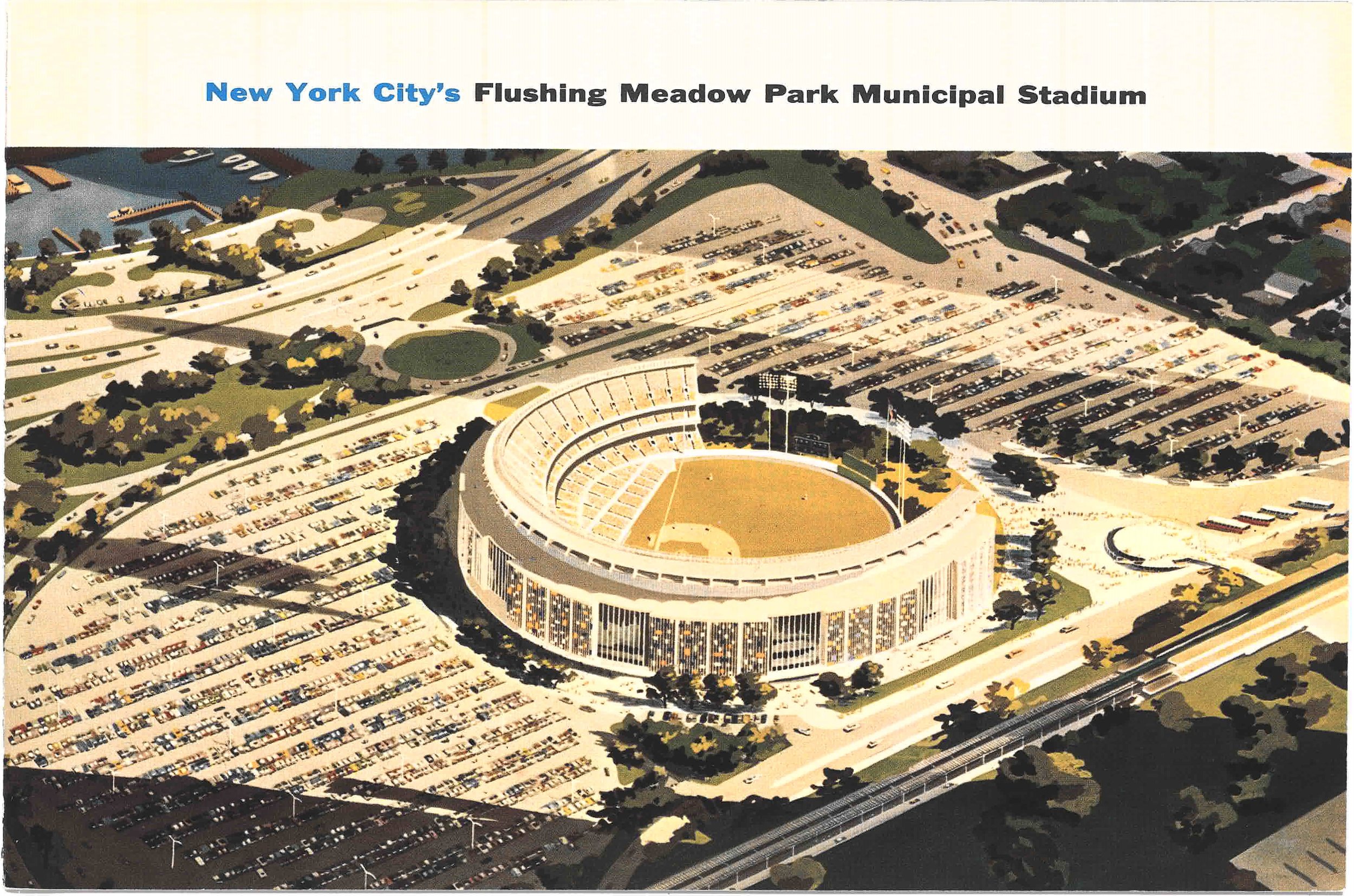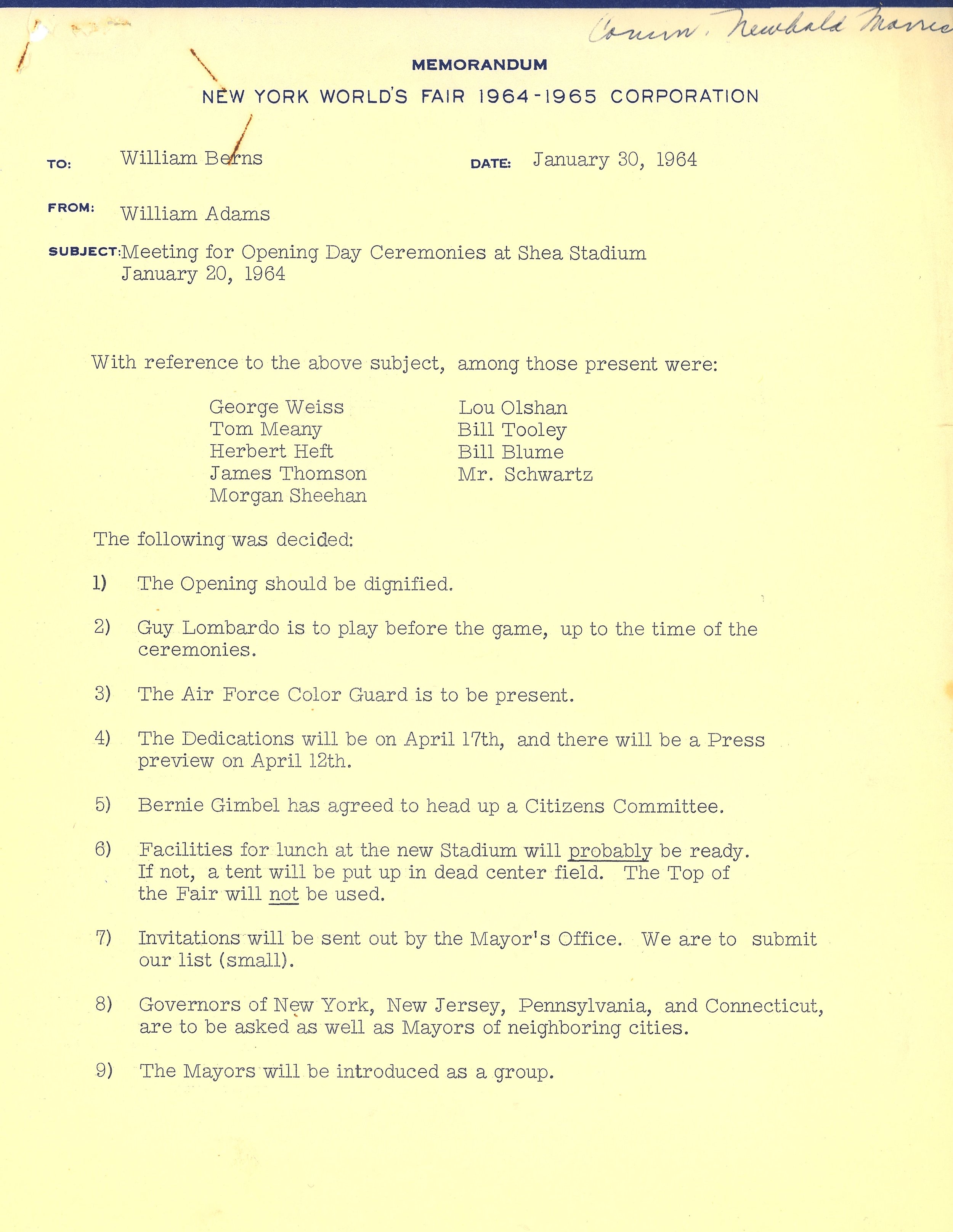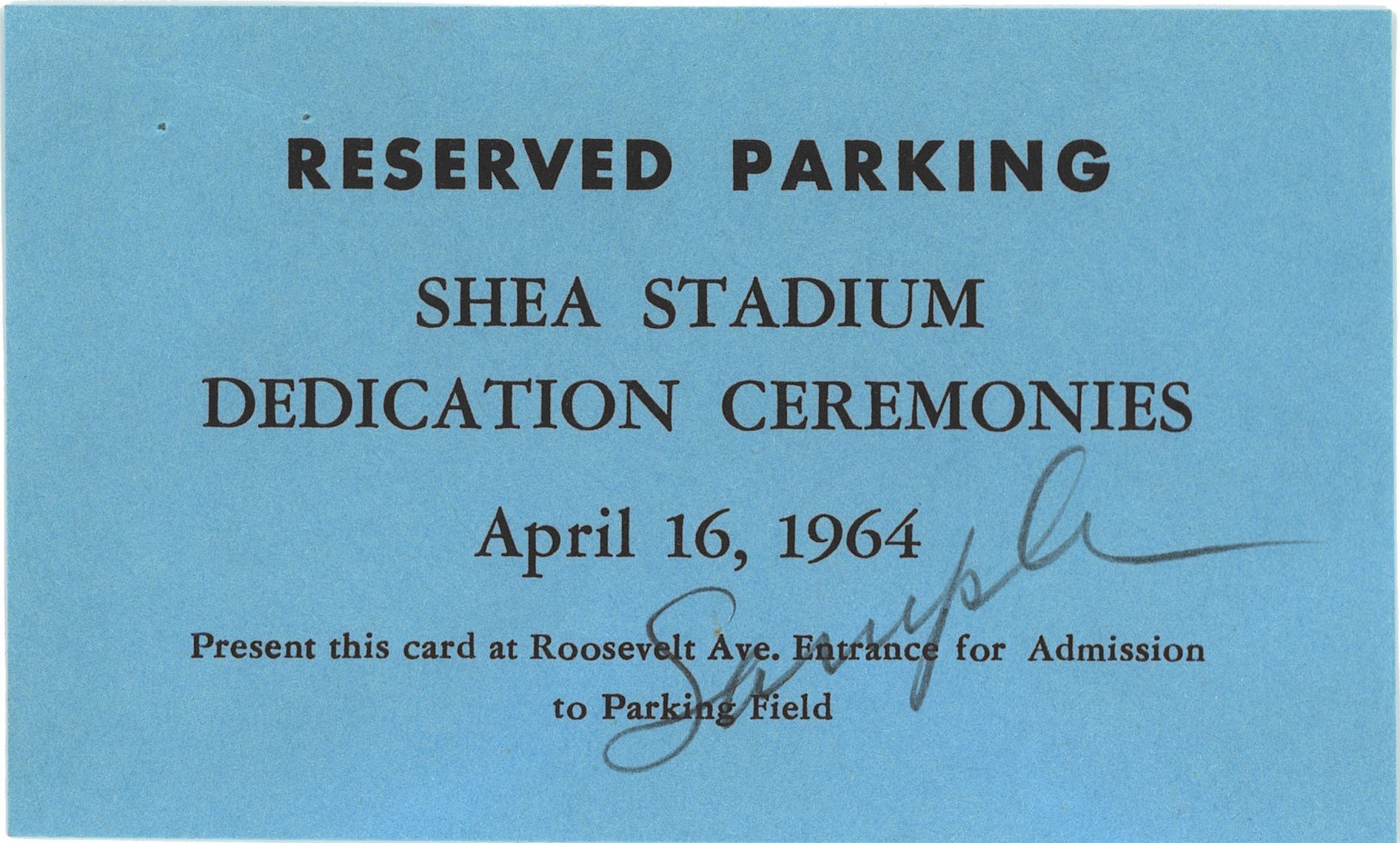The Municipal Archives collection of photographs created and/or acquired by the New York City Unit of the Federal Writers’ Project has served as an essential and useful resource since its acquisition by the Municipal Library in 1943. For the Record featured WPA photographers Ralph de Sola and Clifford Sutcliffe and images from the collection have illustrated dozens of articles.
“Man Reading,” color sketch for a mural at the New York Public Library, by Edward Laning. W.P.A. Federal Art Project. Photographer: not recorded, n.d. Federal Art Project Photograph Collection, NYC Municipal Archives.
This week, For the Record highlights a second W.P.A.-created photograph collection. Accessioned by the Municipal Archives in 1983, the collection of 1,635 black and white prints had been originally assembled by Audrey McMahon, regional director of the W.P.A. Federal Art Project (FAP) for New York and New Jersey. The New Deal FAP program created employment for artists and teachers and, as McMahon said, made art “a reality in the public’s daily experience.” [Smithsonian American Art Museum.] During the first few years of its operation, the four main creative divisions of the FAP (murals, sculpture, easel painting, and graphic art) produced more than fifty thousand works of art in New York City.
“City Hall,” lithograph by Harry Tashey. W.P.A. Federal Art Project. Photographer: not recorded, n.d. Federal Art Project Photograph Collection, NYC Municipal Archives.
The photographs in the 1983 accession are all stamped: “Federal Art Project W.P.A. Photograph Division.” They date from 1936 to 1942. They are arranged in seven series: easel art, exhibits, index of design, murals, creative photography, posters, and sculpture. The name of the photographer is usually indicated on the reverse along with the name of the artist whose work is depicted and the date of the photograph.
Daniel Kahn and Carolyn Gottfried Kahn donated the collection to the New York Archival Society in March, 1983. The Society deeded the photographs to the Municipal Archives. There is not information about how the Kahns acquired the collection. However, based on their West Village home address, it is possible that they were neighbors of Audrey McMahon (who lived at 27 Washington Square North, according to New York City directories.)
Although the photographs are black-and-white they are still an important contribution to the Archives’ documentation of the remarkable W.P.A. programs. Researchers are invited to contact the Municipal Archives for information about access. The following is a small sample of images from the collection.
“West 17th Street,” oil painting by Alice Neel, W.P.A. Federal Art Project. Photographers: Nader and Arnold Eagle, August 18, 1937. Federal Art Project Photograph Collection, NYC Municipal Archives.
“The Cycle of a Woman’s Life,” fresco located at the Women’s House of Detention, Greenwich and 6th Avenue, New York City, by Lucienne Bloch. W.P.A. Federal Art Project. Photographer: not recorded, n.d. Federal Art Project Photograph Collection, NYC Municipal Archives.
“Six Day Bicycle Race,” sculpture by Chaim Gross. W.P.A. Federal Art Project. Photographer: Levy, May 15, 1940. Federal Art Project Photograph Collection, NYC Municipal Archives.
“Conquest of the Air,” oil on canvas by Dane Chanese. W.P.A. Federal Art Project. Photographer: Levy, October 19, 1948. Federal Art Project Photograph Collection, NYC Municipal Archives.
“N.Y. Landscape,” woodcut by Fred Becker. W.P.A. Federal Art Project. Photographer: Arnold Eagle, December 18, 1936. Federal Art Project Photograph Collection, NYC Municipal Archives.
“Peck Slip,” woodcut by Charles E. Pons, W.P.A. Federal Art Project. Photographer; von Urban, n.d. Federal Art Project Photograph Collection, NYC Municipal Archives.
“N.Y. Landscape,” woodcut by Fred Becker. W.P.A. Federal Art Project. Photographer: Arnold Eagle, December 18, 1936. Federal Art Project Photograph Collection, NYC Municipal Archives.
“Poster Project,” poster designed by Harry Herzog. W.P.A. Federal Art Project. Photographer: Noble, January 27, 1938. Federal Art Project Photograph Collection, NYC Municipal Archives.
“Flight,” mural located at North Beach Airport, Marine Terminal by James Brooks. W.P.A. Federal Art Project. Photographer: James Brooks, April 11, 1941. Federal Art Project Photograph Collection, NYC Municipal Archives.

















































